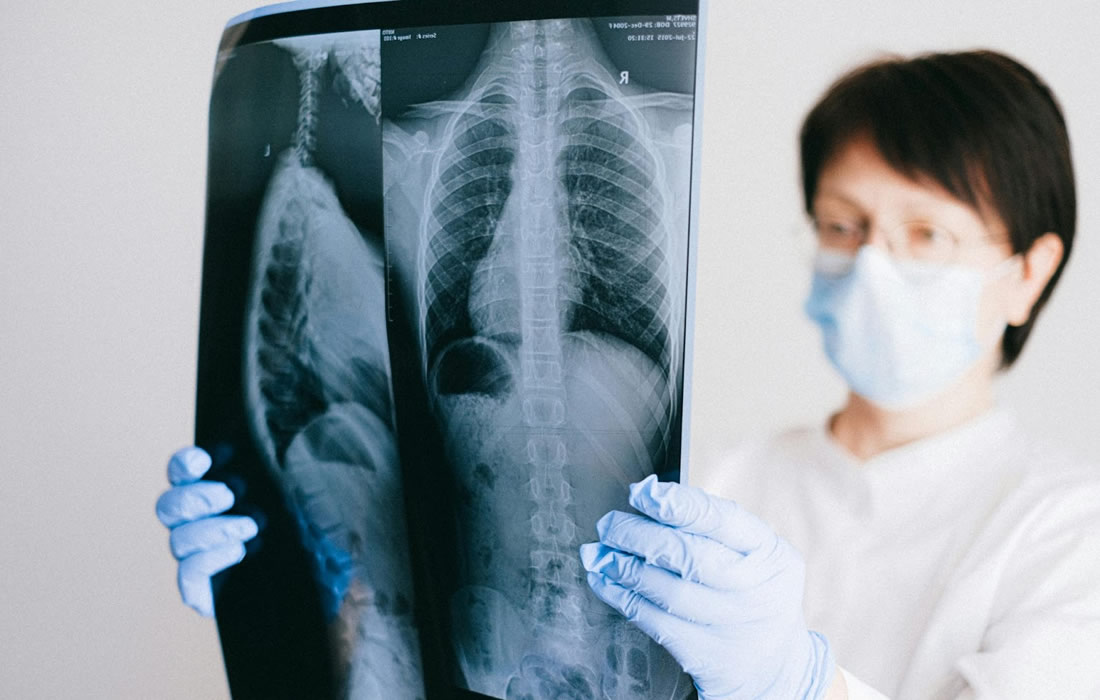Regenerative Medicine News and General Information
Understanding How to Tackle Chronic Infections in Cystic Fibrosis Patients
Scientists have engineered a living material resembling human phlegm, which will help them to better understand how a certain kind of infection develops on the lungs of patients with cystic fibrosis.
Biofilms are strong living 3D materials that play key roles in nature, but also cause major problems in the real world, such as in the contamination of hospital surfaces, or in our tolerance to antibiotic treatment.
One of the biggest challenges in antimicrobial discovery is the lack of biofilm models which reflect the complexity of natural environments, such as those encountered in the lung of cystic fibrosis (CF) patients.
Due to a genetic alteration, these patients are unable to clear infections in their lungs where complex communities of disease-causing microbes accumulate within thick mucus forming 3D biofilms. These natural biofilms are highly resilient to antibiotics and there is a critical need to develop in vitro models which can reliably reproduce them in the lab, so that experts can better understand their biology and develop solutions to the problems they cause.
In this study, experts engineered a living material resembling natural sputum, or phlegm, from CF patients that can grow 3D polymicrobial biofilms in a controlled manner, resembling those found in the CF lung. The team were able to achieve this by combining peptides with a culture medium that is known to recreate natural sputum and which can be easily infected.
The living material incorporates multiple microbial communities and key nutritional and chemical factors that promote bacterial growth and exhibit physical properties mimicking those of biofilms from CF sputum. The material has been used to build an infected in vitro lung epithelial model that was used to study the impact of antibiotics.
Scientists have engineered a living material resembling human phlegm, which will help them to better understand how a certain kind of infection develops on the lungs of patients with cystic fibrosis.
Professor Cámara says: “The technology developed in this study will revolutionize the way we study biofilm-mediated infections and assess the effectiveness of novel antimicrobials using different in vivo-like infection environments.”
Sources:
Yuanhao Wu, Manuel Romero, Shaun N. Robertson, Samuel Fenn, Leanne Fisher, Iona Willingham, Luisa Martinez Pomares, Cosimo Ligorio, Jordan Hill, Wenhuan Bu, Zuoxin Zhou, Ricky D. Wildman, Amir M. Ghaemmaghami, Hongchen Sun, Jiaming Sun, Miguel Cámara, Alvaro Mata. Co-assembling living material as an in vitro lung epithelial infection model. Matter, 2023; DOI: 10.1016/j.matt.2023.10.029
Materials provided by University of Nottingham. Note: Content may be edited for style and length.
University of Nottingham. “Scientists take a step forward in understanding how to tackle chronic infections in cystic fibrosis patients.” ScienceDaily. ScienceDaily, 21 November 2023. <www.sciencedaily.com/releases/2023/11/231121175237.htm>.
Images from:
Photo by Anna Shvets
https://www.pexels.com/photo/doctor-looking-at-scans-of-lungs-4225923

